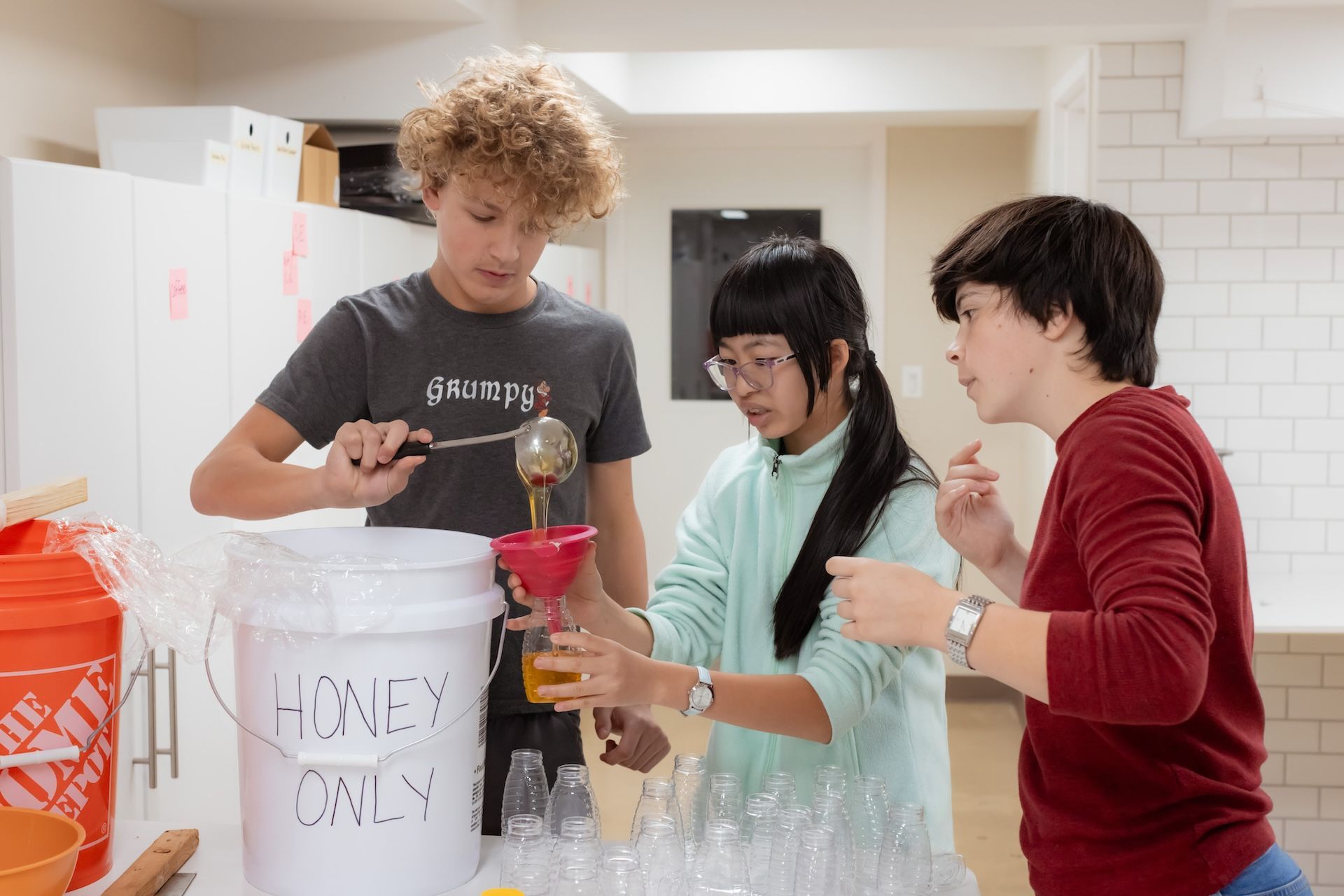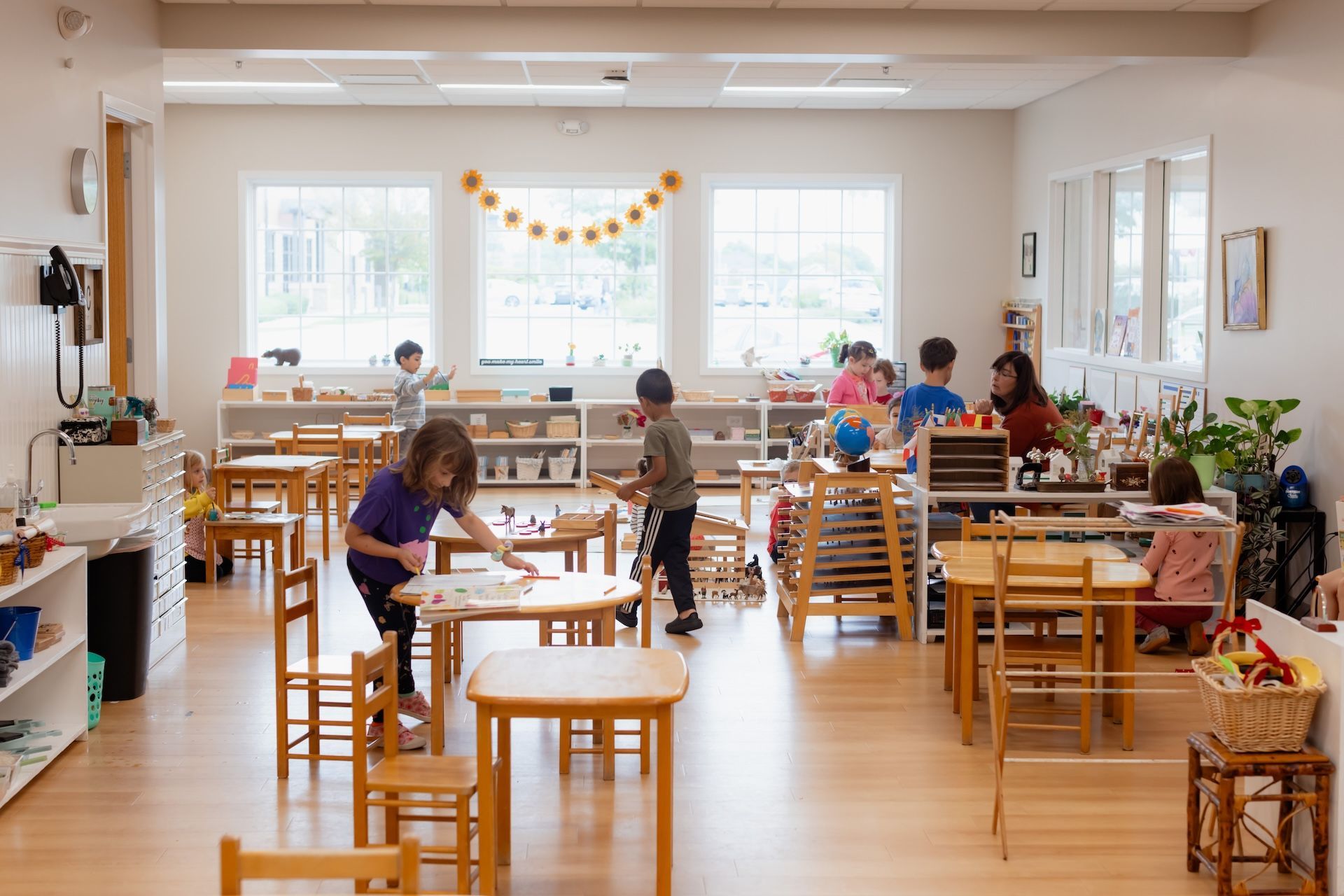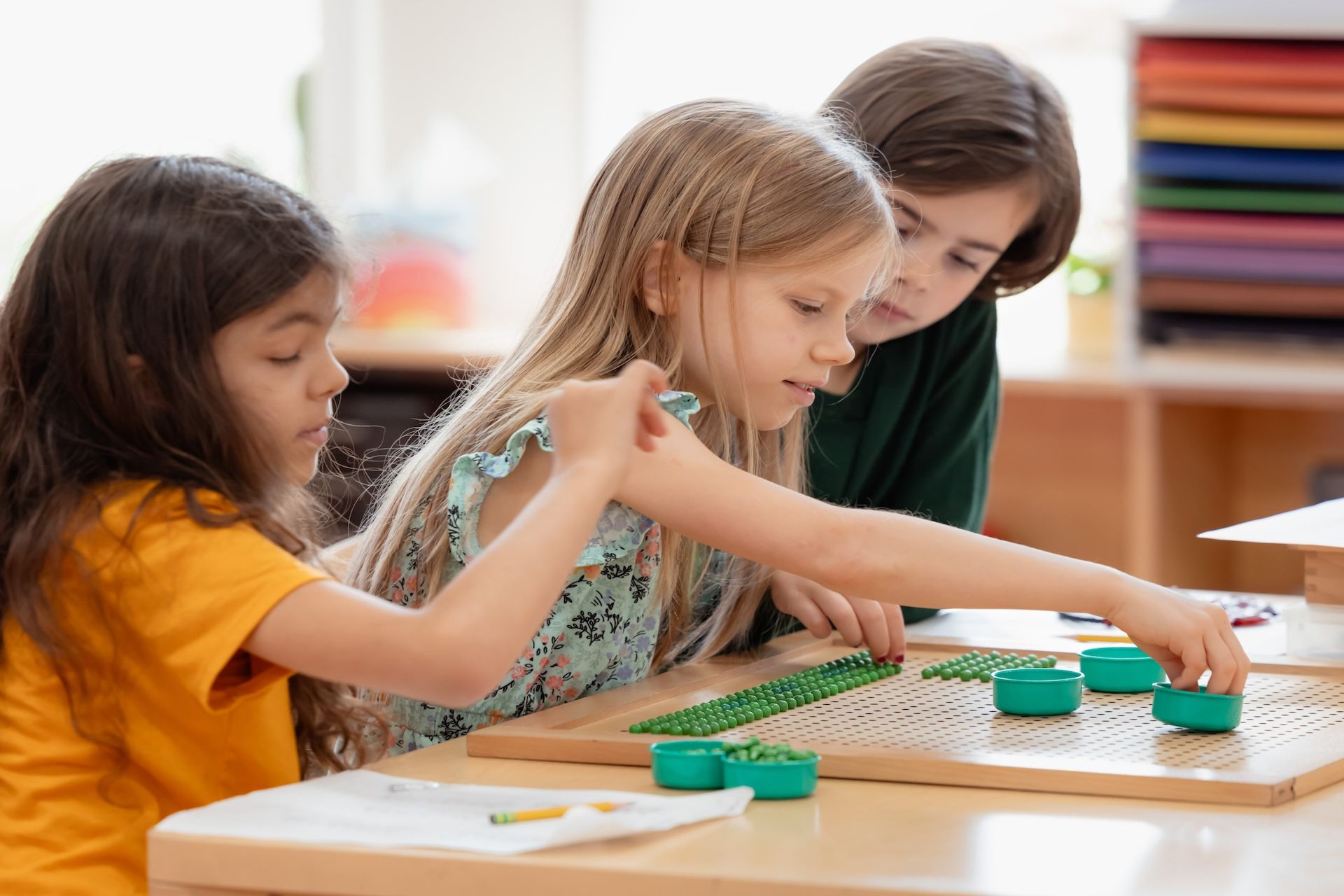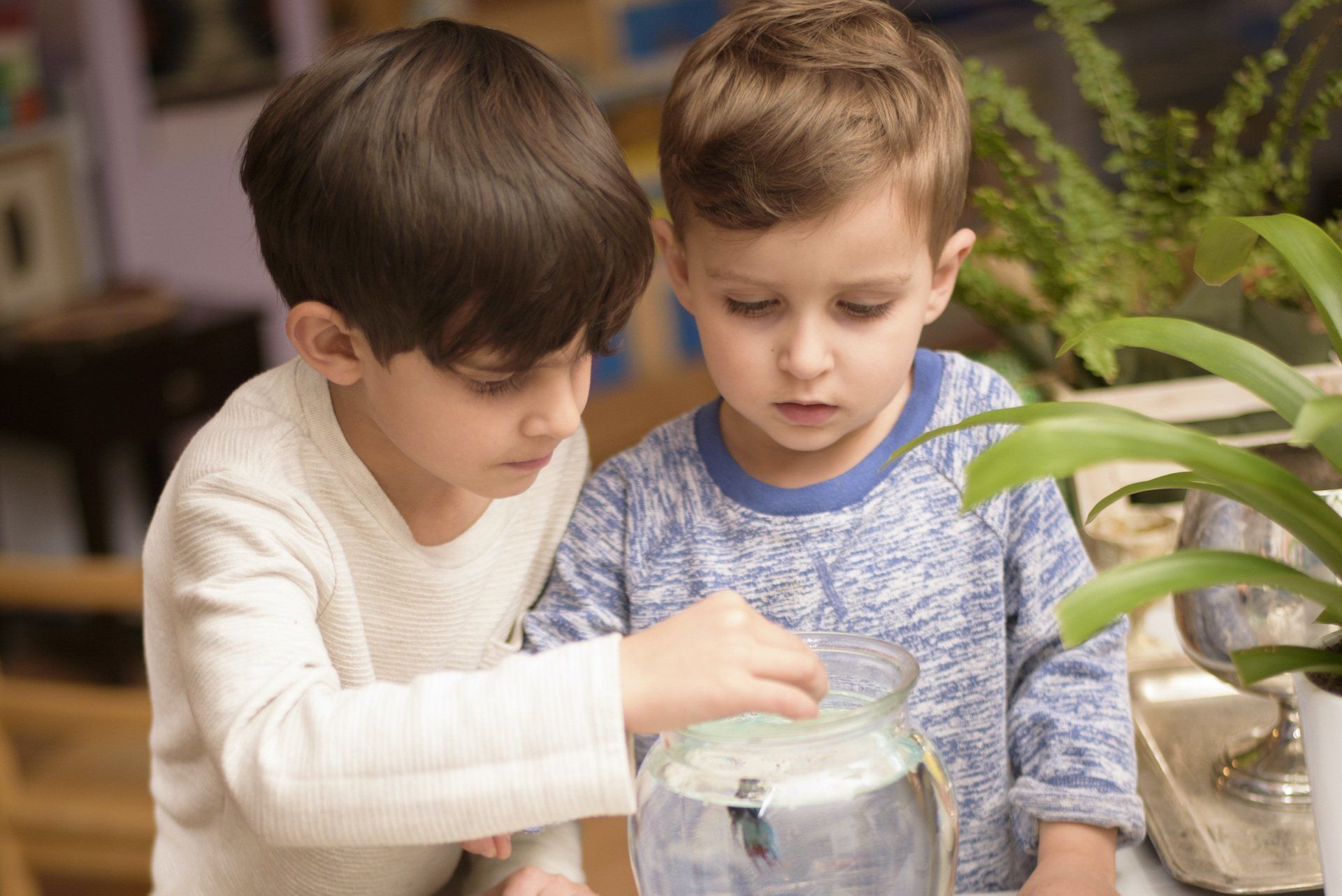Blog

The Latest from Our Blog
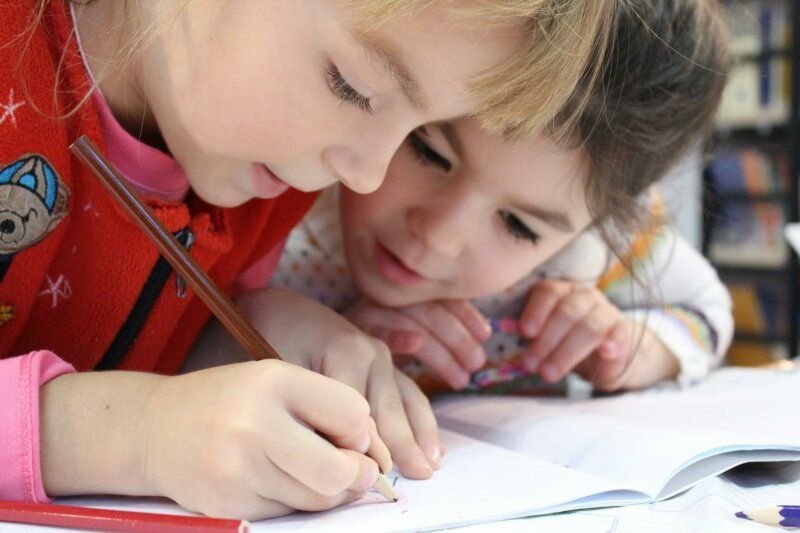
October 2, 2024
In today’s dynamic educational landscape, parents constantly seek innovative approaches that foster their children’s holistic development and lifelong learning skills. Montessori education stands out as a beacon of progressive and effective pedagogy. Rooted in the principles of self-directed learning, hands-on exploration, and individualized instruction, Montessori education offers a myriad of benefits that pave the way for a brighter future. Let’s delve deeper into the transformative power of Montessori education and why it’s a choice worth considering for your child’s educational journey. 1. Nurturing Independence and Self-Confidence Montessori classrooms are meticulously designed to empower children to take charge of their learning journey. Children are encouraged to explore, discover, and learn at their own pace through a carefully curated environment filled with age-appropriate materials. This fosters a sense of independence and self-reliance from an early age, laying a sturdy foundation for future success. As children master new skills through hands-on activities, they develop a deep sense of accomplishment, boosting their self-confidence and fueling their intrinsic motivation to learn. 2. Individualized Instruction Tailored to Each Child One of the hallmark features of Montessori education is its commitment to individualized instruction. Unlike traditional one-size-fits-all approaches, Montessori educators recognize and celebrate the unique strengths, interests, and learning styles of each child. By observing and understanding the developmental needs of every student, teachers are able to provide personalized guidance and support, ensuring that every child reaches their full potential. This personalized approach not only maximizes academic growth but also cultivates a deep love for learning that lasts a lifetime. 3. Fostering a Lifelong Love for Learning At the heart of Montessori education lies a profound belief in the innate curiosity and natural thirst for knowledge present in every child. By creating an environment that encourages exploration, creativity, and critical thinking, Montessori classrooms ignite a passion for learning that transcends the boundaries of the classroom. Whether it’s through engaging hands-on activities, collaborative projects, or self-directed inquiry, children develop a lifelong love for learning that extends far beyond their academic years, equipping them with the tools they need to thrive in an ever-evolving world. 4. Embracing Diversity and Global Citizenship Montessori education emphasizes the importance of cultivating respect, empathy, and understanding for others, fostering a culture of inclusivity and diversity. Through exposure to multicultural materials, celebrations, and experiences, children learn to appreciate and embrace differences, laying the groundwork for becoming compassionate global citizens. By promoting cultural awareness and sensitivity from a young age, Montessori education instills values of tolerance and acceptance, preparing children to navigate an increasingly interconnected world with empathy and open-mindedness. Conclusion In essence, Montessori education offers a holistic approach to learning that nurtures the mind, body, and spirit of every child. By fostering independence, individuality, and a love for learning, Montessori classrooms empower children to reach their full potential and become active contributors to society. As parents, educators, and advocates, let us embrace the transformative power of Montessori education and pave the way for a brighter future for generations to come.
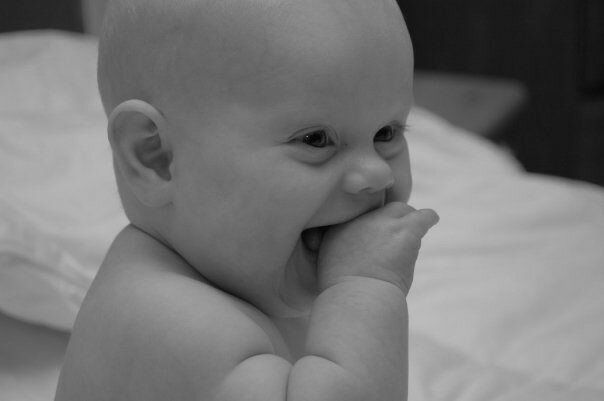
September 30, 2024
Beginning the toilet training process can seem daunting but if done at the right time in a gentle and collaborative way the process can be less challenging then one may think. Here are some guidleines and suggestions for successfully supporting your child with using the toilet indpendently. Sensitive Period for Toilet Learning: 15 – 30 months: The child will show interest and typically signs of physical and emotional readiness, participate willingly, and transition naturally to using the toilet successfully. After the Sensitive Period has passed, toilet learning is more challenging for the child. Readiness: As your child approaches age three, you may be bombarded with advice and expectations about toileting from everyone around you- family, friends, neighbors, and others. However, toilet learning can become a long and frustrating process if you try to start before your child is ready. One of the most crucial aspects of success is timing, so it is essential to understand the physical and emotional signs that your child is ready to begin. Preparing yourself, the rest of the family, and the child’s environment will also help to ensure a successful transition. Preparing the Environment: Physical Make the bathroom the area where you change diapers and offer the child to sit on the potty. Dispose of solid waste in the toilet and flush, helping the child make a strong connection between elimination, the toilet, and the flushing sound. Potty Training books for kids to look at and hear. Floor potty or cushy potty seat (to alleviate the fear of “falling in.”) Training pants, lots……….no diapers or pull-ups that may confuse. The feeling of getting “wet” is a natural consequence and will help the child toilet learn more successfully. Clothing that the child can easily “pull down” and “pull up” themselves (sweatpants, leggings, no zippers, buttons, buckles, etc.). Preparing the Environment: Psychological Engage in matter-of-fact conversations about the body, body parts, and elimination. Teach proper names, even though you and your child may prefer to use more familiar names daily. Tell toileting stories about older siblings, cousins, or even parents (“Everyone older used to wear a diaper, but now they all wear underwear.” – this may be a revelation!) Encourage by forecasting the future. (“When you start using the toilet, you won’t need diapers anymore, can wear soft underpants with paw patrol on them, won’t have to wait to be changed by an adult,” etc. ) It is important to try when there are no unforeseen changes to routine, such as travel, moving, a new baby, visitors, or illness. SIGNS OF PHYSICAL READINESS: Has mastered basic motor skills, such as walking, undressing, and talking. Has bowel movements around the same time each day. They are aware they have urinated or had a bowel movement. Has control of bladder and bowel muscles: indications of this are if the child has a dry diaper after napping and a dry diaper after 2 hours. ****MOST CHILDREN ARE PHYSICALLY READY BEFORE THEY ARE EMOTIONALLY READY. **** SIGNS OF EMOTIONAL READINESS: Tells you that they need a diaper change. Is interested in others using the toilet. Is receptive to trying to sit on a potty chair or toilet. Talks about wearing “big boy/big girl underpants.” Consistency is key. Once you have determined that your child is ready to begin toilet learning, consistency is crucial for their success. Having underwear on one day an d a diaper the next is confusing and can set back the toilet learning process. Use towels, plastic bags, and double training pants to secure leaks, messes, etc. It is common and normal for accidents to occur. When a child does soil themselves, be very calm and matter-of-fact with your responses. “Oh, you are wet; let’s go to the bathroom to change and get dry.” “It is ok; you are still learning.” ESTABLISH PRACTICAL EXPECTATIONS AND ROUTINES “In our house, we always sit on the potty… …When we wake up.” ...After breakfast.” …before getting in the car.” …when we get home from school.” …Before bath/bedtime.” USE YOUR VILLAGE FOR SUPPORT: As a parent, you can get emotionally involved with this process. During this time, you must be supported by your spouse, partner, grandparents, aunts and uncles, teachers, etc. Prepare everyone around you for the experience and enlist other adults in the environment to support the process; stress and frustration on the adults’ part will impede the child’s success.

September 13, 2024
Maria Montessori based her entire educational philosophy on the idea that children developed through a series of four planes. Each of these planes is easy to recognize and has clear, defining characteristics. If we study and understand these stages, we can approach our interactions with children with a new perspective.
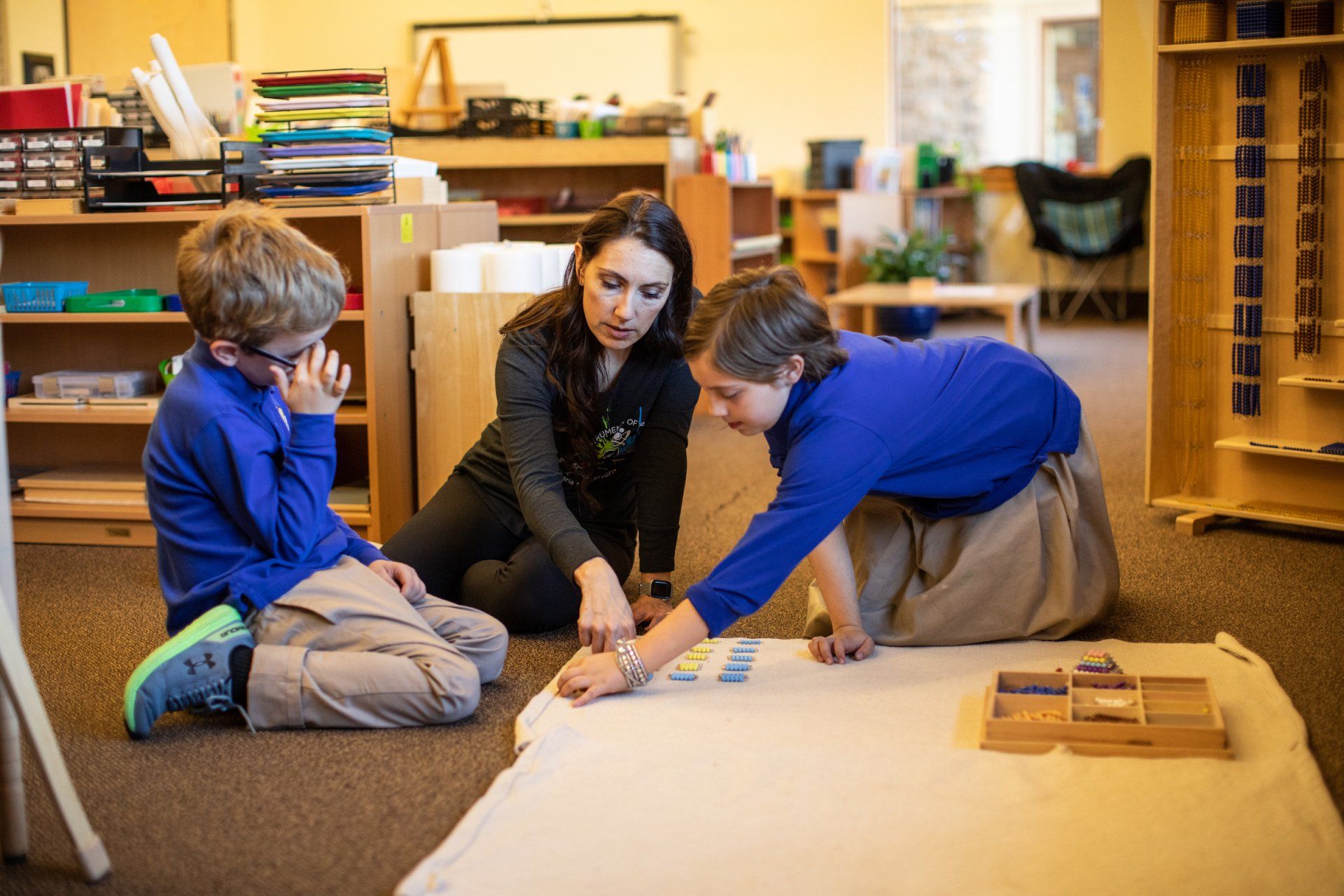
September 2, 2024
Sometimes it’s easiest to begin by explaining what a Montessori teacher isn’t. A Montessori teacher is less like the traditional idea of an instructor, and more like a gentle guide. They don’t consider it their job to give a child information. They rather lead children in the general direction and give them the tools they need to find the information themselves.
Schedule a Tour
PROGRAMS
CONNECT
PARENTS RESOURCES
Pakachoag Campus
191 Pakachoag Street, Auburn, Massachusetts 01501, United States
Bryn Mawr Campus
135 Bryn Mawr Avenue, Auburn, Massachusetts 01501, United States

